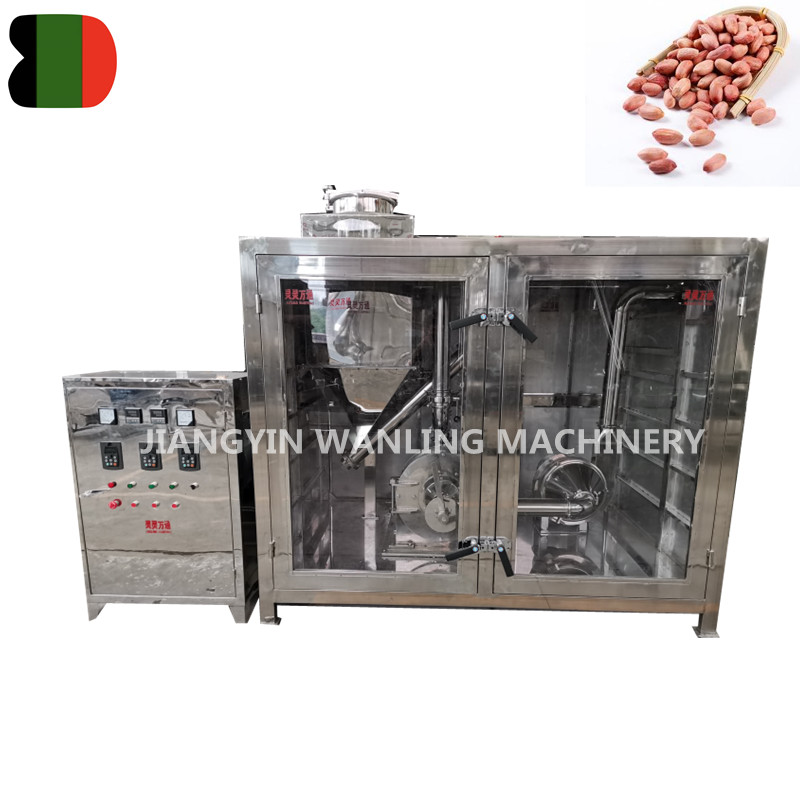Cryogenic grinding, which involves reducing the temperature of the materials being processed using liquid nitrogen or carbon dioxide, significantly affects the quality and characteristics of the ground material in several ways:
Particle Size Distribution: Cryogenic grinding often produces finer and more uniform particle sizes compared to conventional grinding methods. The extreme cold temperatures make the material brittle, allowing it to fracture more easily into smaller particles during grinding. This is beneficial for applications requiring precise particle size control and uniformity.
Preservation of Heat-Sensitive Compounds: Many organic and temperature-sensitive materials can degrade or lose their properties when exposed to high temperatures during conventional grinding. Cryogenic grinding minimizes heat generation, thereby preserving heat-sensitive compounds such as flavors, nutrients, and pharmaceutical ingredients. This makes it suitable for industries like food processing, pharmaceuticals, and biotechnology.
Improved Grinding Efficiency: The brittleness of materials at cryogenic temperatures allows for more efficient grinding with reduced energy consumption per unit of material processed. It also reduces the risk of agglomeration and clogging in the grinding equipment, leading to smoother operation and higher throughput.
Enhanced Product Quality: Cryogenic grinding can enhance the quality of the ground material by reducing oxidation and contamination risks. The low temperatures help maintain the chemical and physical integrity of the material, resulting in a cleaner and more consistent product.

Reduced Wear on Equipment: Cryogenic grinding can lead to reduced wear on grinding equipment because there is less frictional heat generated during the process. This can extend the lifespan of grinding components and reduce maintenance requirements.
Application Versatility: The ability to achieve finer particle sizes and preserve sensitive compounds makes cryogenic grinding suitable for a wide range of applications, including food processing (e.g., spices, herbs), pharmaceuticals (e.g., active ingredients), plastics (e.g., recycling), and materials science (e.g., polymers, ceramics).
Challenges with Temperature Control: While cryogenic grinding offers numerous advantages, it requires careful temperature control to maintain optimal processing conditions. Improper temperature management can affect grinding efficiency and product quality.
Cryogenic grinding is valued for its ability to produce finer particles, preserve sensitive materials, improve grinding efficiency, and enhance product quality across various industries. The specific impact on material characteristics depends on factors such as material type, initial properties, grinding parameters, and equipment design.



 Español
Español














